Uncover the intricate stories of harlotry in the Bible, where redemption and morality intertwine in unexpected ways.
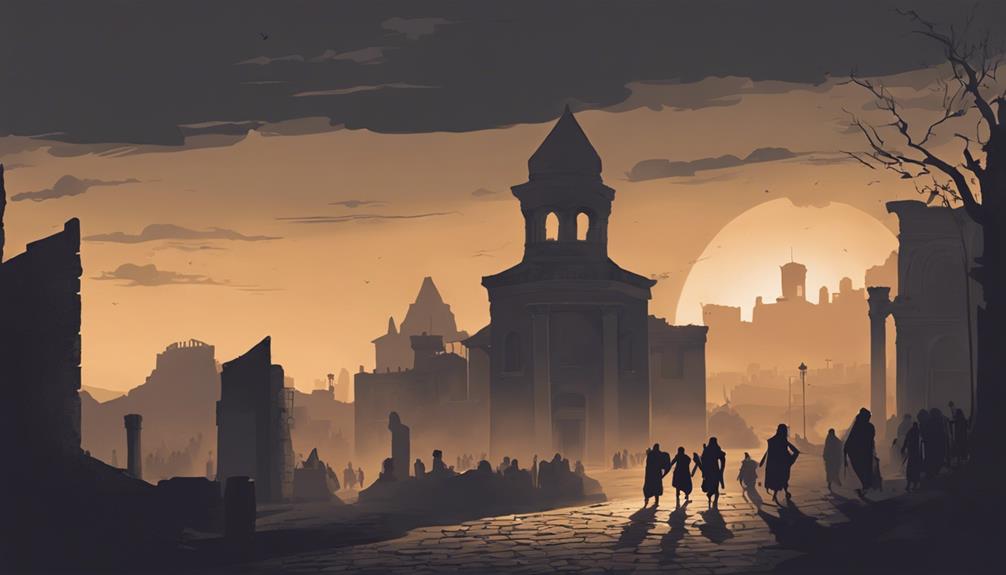
Harlotry in the Bible
Dancing through the pages of the Bible, harlotry weaves a complex narrative that you might find both enlightening and perplexing. As you explore its historical context, key figures, and the moral and legal implications it carried, you'll uncover stories of redemption that continue to resonate today.
From Rahab's scarlet thread to the repentant tears of Mary Magdalene, these narratives are not just ancient history but hold lessons that still apply to our modern understanding of morality and forgiveness. Let's embark on this journey together, where the past's shadows illuminate the paths of understanding and compassion.
Key Takeaways
- The Bible presents complex views on harlotry, intertwining moral, economic, and societal factors.
- Stories of figures like Rahab and Tamar challenge and redefine societal norms and gender roles.
- Biblical narratives on harlotry provoke discussions on justice, morality, and redemption.
- These stories maintain relevance, influencing modern perceptions of gender, morality, and legal frameworks.
Historical Context of Harlotry
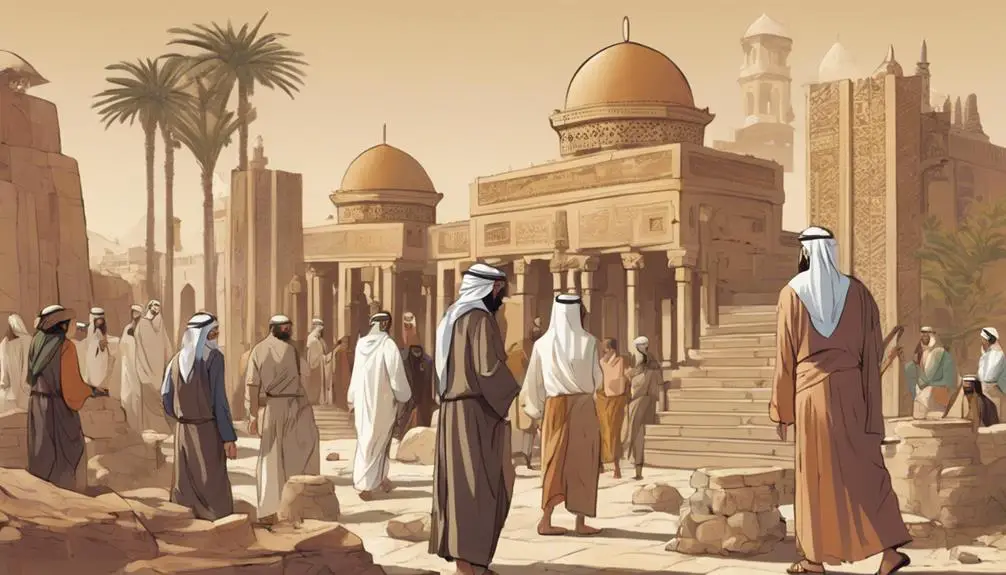
To understand harlotry in the biblical era, it's essential to examine the socio-economic and cultural contexts that shaped its perception and practice. Cultural perceptions of harlotry were deeply intertwined with the moral and legal frameworks of ancient societies. These perceptions weren't static; they shifted over time, influenced by changes in social norms and religious teachings. In the biblical context, harlotry was often viewed through a lens of sin and moral decay, reflecting broader societal attitudes towards sexuality and purity.
Economic drivers played a significant role in the practice of harlotry. For many individuals, particularly women, economic vulnerability and the lack of social safety nets forced them into harlotry as a means of survival. This economic compulsion highlights the complex interplay between societal norms and individual circumstances that characterized the practice of harlotry. Moreover, the economic aspect of harlotry often influenced its regulation and control within these societies, reflecting broader economic structures and inequalities.
Analyzing harlotry through the lens of cultural perceptions and economic drivers provides a nuanced understanding of its role and significance in the biblical era, beyond mere moral condemnation. It reveals the intricate ways in which economic realities and cultural norms shaped the lives of those involved in harlotry.
Key Biblical Figures and Stories
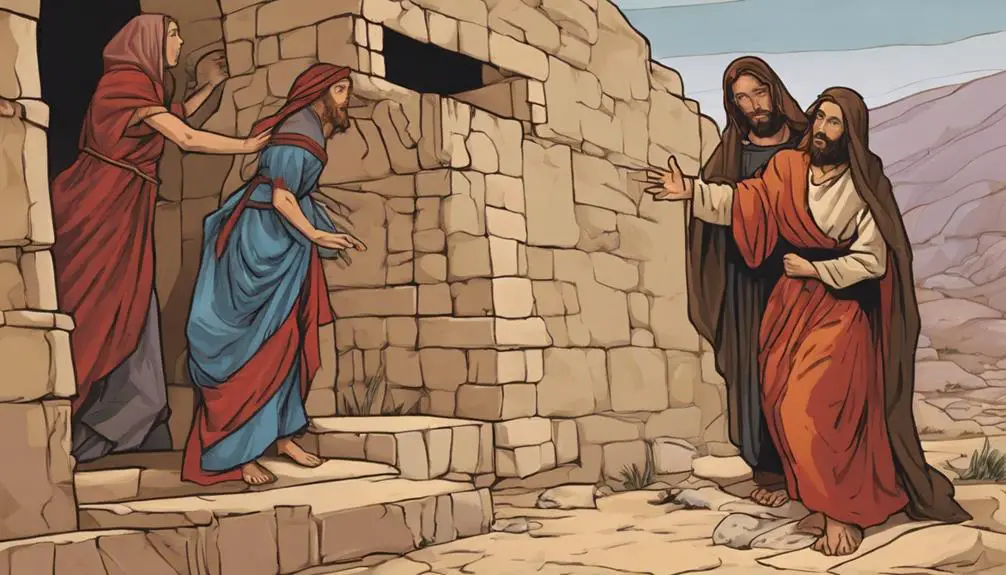
The Bible's narrative is rich with figures whose lives intersect with harlotry, revealing complex moral and societal dynamics. You'll find that Rahab's allegiance and Tamar's deception are pivotal stories that shed light on this theme.
Rahab, a harlot from Jericho, is a prime example of how harlotry intertwines with faith and redemption. Her story isn't just about her profession; it's about her strategic alliance with the Israelite spies. Rahab's allegiance, driven by her belief in the God of Israel, facilitated the fall of Jericho. Her actions, while rooted in her status as a harlot, underscore a profound transformation from societal outcast to a celebrated figure in the lineage of Jesus.
Tamar's deception, on the other hand, showcases the lengths to which women in dire circumstances might go to secure their rights and lineage. Posing as a prostitute to seduce Judah, her father-in-law, Tamar challenges the patriarchal norms and legal injustices of her time. Her story isn't just a tale of deceit; it's a critique of societal constructs that marginalize women, highlighting the complexities of moral judgment and societal obligations.
These narratives, rich in detail and moral ambiguity, invite a deeper understanding of harlotry's role within the biblical text, beyond mere condemnation or glorification.
Moral and Legal Implications

Examining the biblical narratives of harlotry reveals intricate moral and legal implications that challenge contemporary understandings of justice and morality. These stories often underscore the complexities of gender roles and societal judgment in ancient times, offering a lens through which you can scrutinize the evolution of ethical norms and legal systems. They highlight how societal judgment was deeply intertwined with gender roles, often casting women in the role of transgressors based on their sexual behavior, irrespective of the circumstances.
The biblical portrayal of harlotry doesn't merely recount tales of moral failure or social deviance; it prompts you to consider the legal frameworks and societal norms that governed personal conduct. These narratives expose the stark disparities in the treatment of men and women, showcasing a society where women's actions were more severely judged and penalized. This differential treatment raises questions about the fairness and equity of ancient legal systems and their influence on contemporary attitudes toward gender and morality.
Redemption Narratives
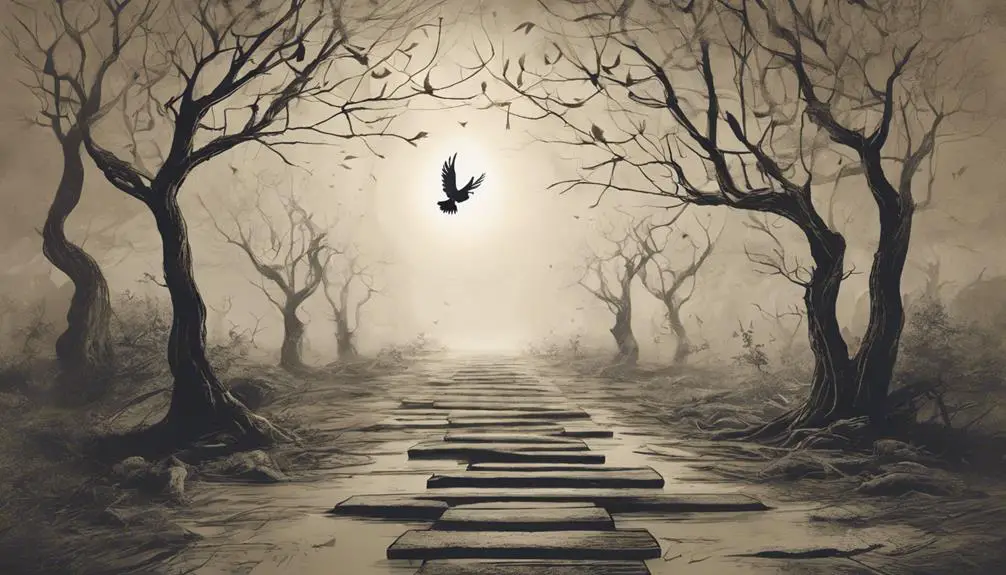
While exploring the theme of harlotry in biblical narratives, it's crucial to consider how redemption stories offer a counterbalance, showcasing a path from condemnation to acceptance within these ancient texts. These narratives often highlight the transformative power of divine forgiveness, altering not only the fate of the individuals involved but also challenging and reshaping societal perception.
In these stories, you'll find that divine forgiveness isn't merely an abstract concept but a transformative force that redefines individuals' identities and roles within their communities. The redemption arcs serve as critical examinations of societal norms and values, questioning the rigidity of moral judgments and advocating for a more compassionate and understanding approach towards those who transgress.
Moreover, the integration of redemption narratives within the broader context of harlotry in the Bible underscores a fundamental message: the possibility of renewal and acceptance, regardless of one's past actions. This theme emphasizes the idea that divine forgiveness can lead to a profound change in societal perception, fostering a community that values rehabilitation and reconciliation over condemnation and ostracization.
Harlotry's Modern Relevance
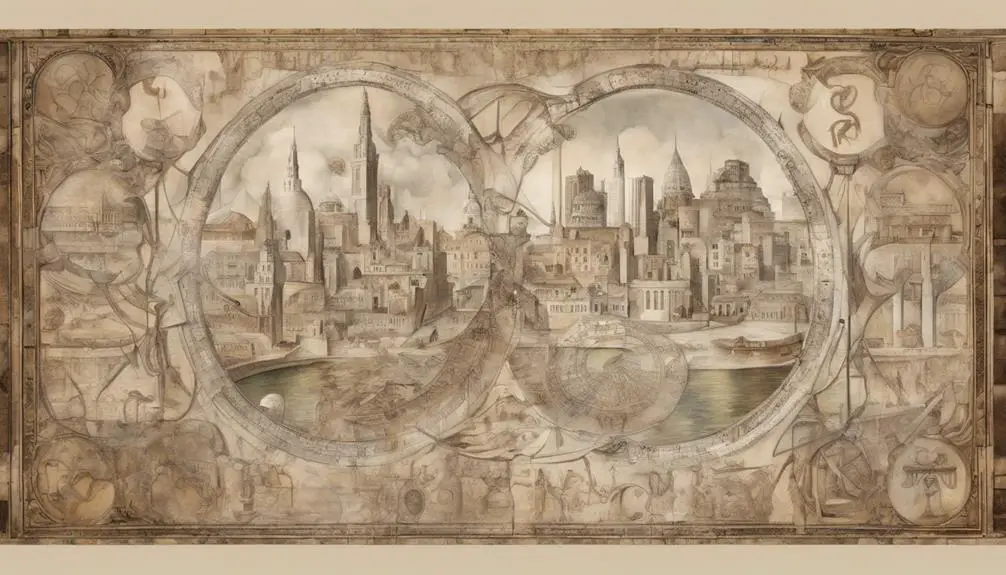
In today's society, harlotry's biblical narratives retain their relevance, challenging us to reconsider our perspectives on morality, forgiveness, and the possibility of personal transformation. These stories, once confined to ancient texts, now intersect with modern debates on cultural perception and societal impact. You're invited to explore how these themes manifest in contemporary discussions.
Theme |
Biblical Context |
Modern Relevance |
|---|---|---|
Cultural Perception |
Viewed through a moral lens |
Influences gender and social norms |
Societal Impact |
Led to personal and communal change |
Affects legal and social policies |
Forgiveness |
Offered redemption |
Inspires restorative justice |
Morality |
Questioned societal norms |
Challenges current ethical standards |
Personal Transformation |
Enabled by divine intervention |
Encouraged through personal agency |
These elements show that harlotry's narratives are not merely historical anecdotes but vital reflections on enduring human concerns. They compel us to question and expand our understanding of morality, pushing for a more inclusive and compassionate view that mirrors the complexity of human nature and societal dynamics. As you delve into these stories, you'll find they offer not just cautionary tales but pathways to empathy, understanding, and, ultimately, transformation.
Frequently Asked Questions
How Did Different Translations of the Bible Affect the Interpretation of Passages Concerning Harlotry?
When examining how translations of the Bible have influenced interpretations, it's crucial to consider translation accuracy and linguistic evolution.
These factors significantly affect your understanding of ancient texts. Over time, words change meaning, and translators' biases can alter interpretations. This means you might get different perspectives on the same passage, depending on the version you're reading.
Analyzing these translations can reveal how cultural and linguistic shifts have shaped our understanding of historical texts.
Are There Any Documented Reactions or Perspectives From Contemporary Societies Outside of the Biblical Narrative Regarding the Biblical Depiction of Harlotry?
You're inquiring about how ancient societies, outside the biblical context, viewed concepts similar to those depicted as harlotry in the Bible.
Yes, there are documented reactions. Ancient legislation and societal norms often reflected these views, revealing a complex understanding of morality and social order.
Scholarly analysis shows that these perspectives varied significantly, influenced by cultural, economic, and religious factors, indicating a nuanced approach to what might be broadly termed 'harlotry'.
How Do Feminist Theologians View and Interpret the Concept of Harlotry in the Bible?
You'll find that feminist theologians critically analyze the concept, focusing on gender roles and moral judgment. They often argue that traditional interpretations have perpetuated stereotypes and reinforced gender inequality.
Can We Find Parallels or Significant Differences Between the Depiction of Harlotry in the Bible and in Other Ancient Texts From Neighboring Cultures?
You'll find that comparing the depiction of harlotry in ancient texts reveals both parallels and differences, highlighting the influence of cultural practices.
This comparison, rooted in comparative mythology, offers a scholarly and analytical lens through which to view these narratives.
It's crucial to examine how each culture's perspective on harlotry shaped their literature, understanding that these depictions are deeply intertwined with the social, religious, and moral fabric of their times.
How Has the Understanding and Interpretation of Biblical Harlotry Evolved in Academic Biblical Scholarship Over the Last Century?
Your question dives into how scholars have shifted their view on biblical narratives over the past century, focusing on moral implications and historical accuracy.
Initially, interpretations were more literal, often overlooking the cultural and historical contexts.
Recently, there's been a move towards understanding these stories within their ancient Near Eastern surroundings, leading to richer, more nuanced interpretations that consider the moral and societal norms of the time, rather than imposing modern perspectives.
Conclusion
In concluding, it's evident that harlotry in the Bible isn't merely a historical or moralistic topic. Analyzing the narratives, you've seen how it intricately intertwines with legal, ethical, and redemption themes.
The stories of key biblical figures have underscored harlotry's multifaceted implications, revealing its profound impact on societal norms and individual lives.
Thus, its relevance today can't be understated, challenging modern readers to reevaluate their perspectives on morality, legality, and the potential for redemption in the face of transgression.


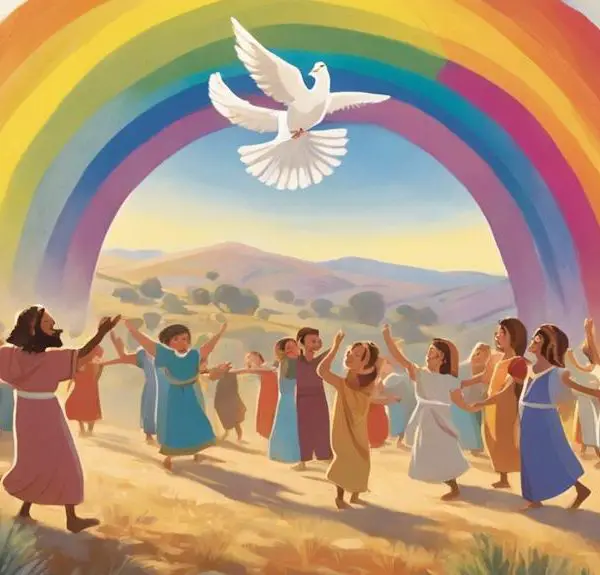
Sign up